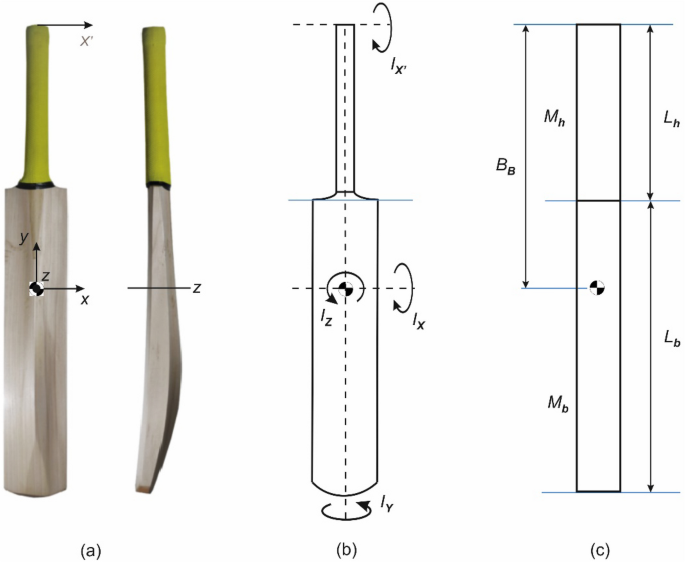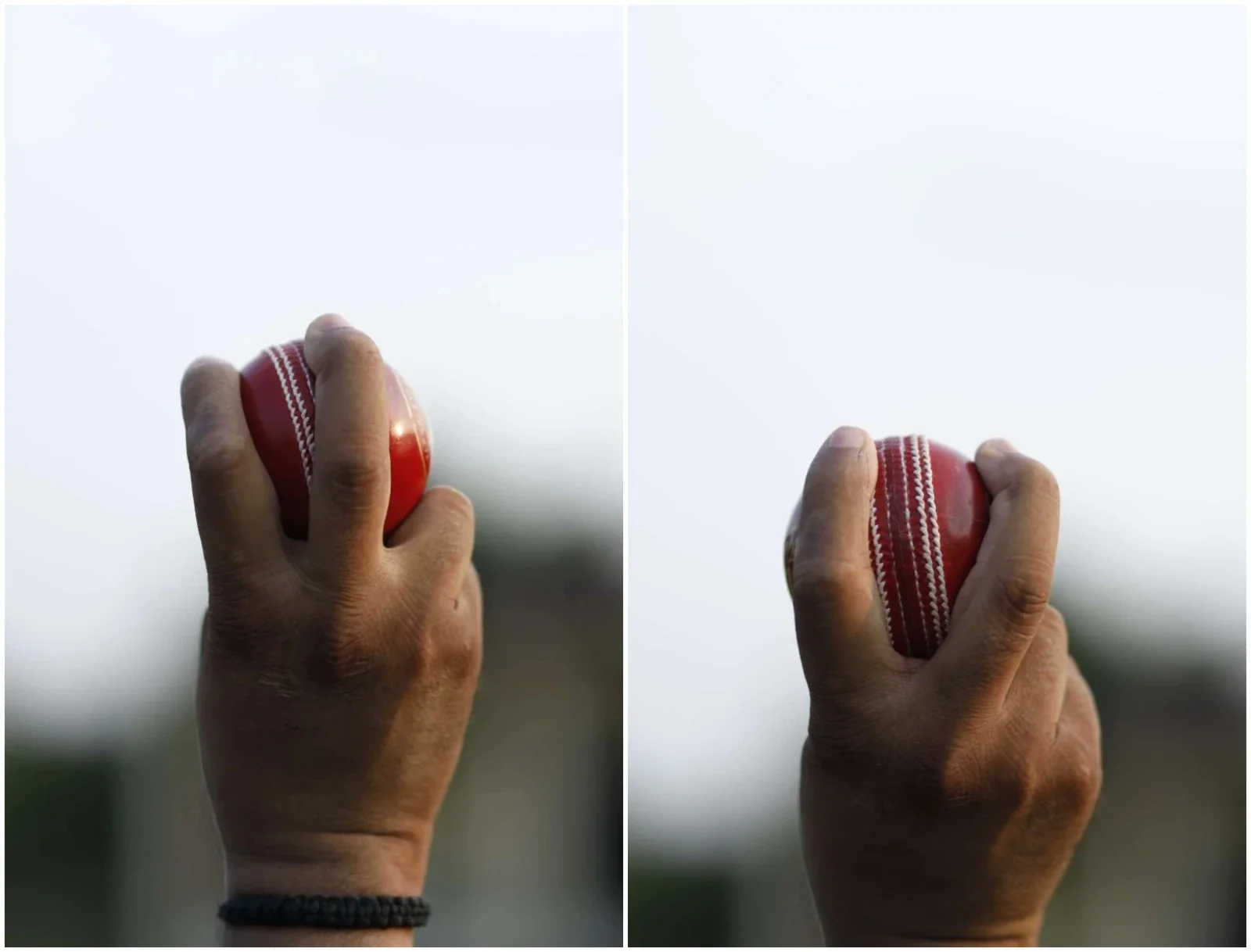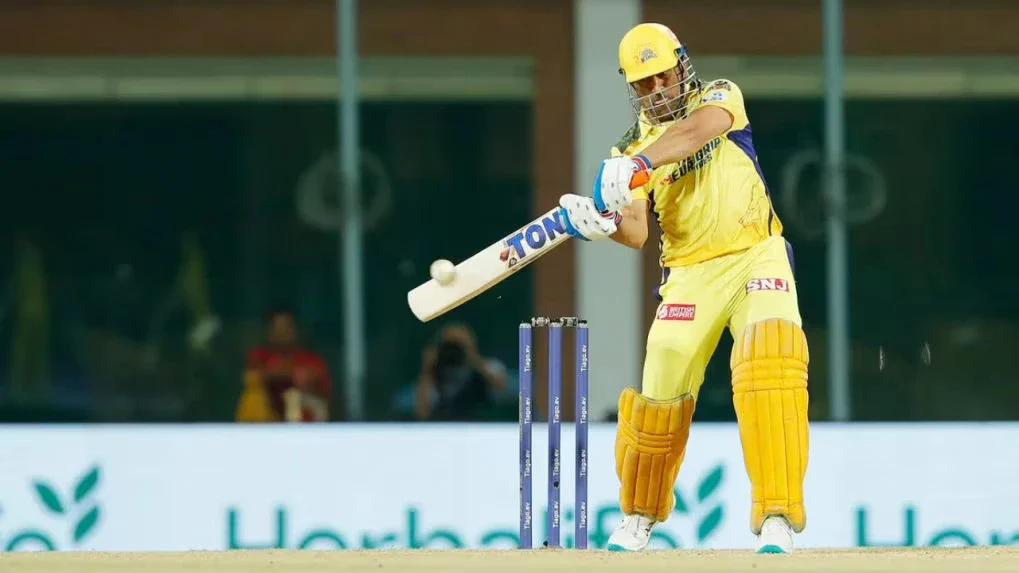Cricket is a game defined by precision, skill, and strategy. While players are the stars, the equipment they use—bats, balls, protective gear—plays a crucial role in shaping the outcome of every match. From generating pace to controlling spin, the science behind cricket equipment determines how the game is played and how performances are measured.
Understanding how bats and balls influence cricket not only deepens appreciation for the sport but also helps players, coaches, and fans grasp the subtle nuances that decide matches.
The Cricket Bat: More Than Just Wood
At first glance, a cricket bat may seem simple, but it is a highly engineered piece of equipment.
1. Material and Construction
- Willow Wood: Most professional bats are made from English willow or Kashmir willow. English willow is preferred for its light weight and better grain structure, providing more power and durability.
- Grains and Moisture: The number and alignment of grains affect the bat’s performance. More grains usually mean better rebound and stroke consistency.
- Pressing and Shaping: Bats are pressed to increase density, and the shape is designed to balance sweet spot, pick-up, and swing.
2. Sweet Spot and Bat Performance
The sweet spot—the part of the bat that produces maximum power—varies:
- Shorter sweet spots: Better for front-foot shots.
- Longer sweet spots: Favor back-foot shots and T20 power-hitting.
The science behind sweet spot placement ensures bats are optimized for different formats, from Tests to T20s.
3. Weight and Balance
- Lightweight bats: Allow faster swing and better control.
- Heavier bats: Generate more power but require strength and technique.
Bats are carefully balanced to suit the player’s style, making equipment a strategic choice rather than just a personal preference.
The Cricket Ball: Dynamics That Define the Game
While the bat delivers, the ball dictates how the game unfolds. Understanding ball dynamics is key to appreciating cricket science.
1. Material and Seam
- Cork Core and Leather Covering: The cork core provides bounce, while the leather exterior influences swing, spin, and grip.
- Seam Construction: A raised seam allows bowlers to generate swing and seam movement, making deliveries unpredictable.
2. Swing and Spin
- Swing: Fast bowlers exploit aerodynamics by maintaining one side shiny and the other rough, creating conventional and reverse swing.
- Spin: Spinners grip the seam to create rotations, making the ball deviate sharply.
The condition of the ball over time—from new to worn—changes strategies for both batters and bowlers, making equipment science integral to match planning.
3. Ball Hardness and Bounce
The hardness affects:
- Bounce and pace off the pitch.
- Durability over multiple overs.
- Reaction to different pitch surfaces.
Advanced cricket balls are tested to ensure consistency and safety, influencing how matches are played across venues.
Protective Gear: Science Meets Safety
Modern cricket is fast, and balls can exceed speeds of 90 mph. Protective equipment such as helmets, gloves, pads, and abdominal guards blend science, engineering, and comfort:
- Helmets: Polycarbonate shells with impact-absorbing layers protect against head injuries.
- Gloves: Padding and ergonomics allow secure grip while absorbing shock.
- Pads: Lightweight materials distribute impact force and prevent injury.
Without this equipment, the game would be riskier, and player performance might suffer due to fear of injury.
How Equipment Shapes Playing Styles
The science of bat and ball directly influences:
- Batting Technique: Lighter bats encourage quick shots and T20 aggression; heavier bats favor classical strokes in Tests.
- Bowling Strategies: Swing, seam, and spin depend on the ball’s design and condition.
- Match Strategy: Teams plan innings based on pitch conditions, ball behavior, and player comfort with equipment.
Equipment science allows players to maximize strengths while mitigating weaknesses, making matches more strategic and exciting.
Innovations in Cricket Equipment
Recent innovations are transforming the game:
- Carbon Fiber and Lightweight Composites: Used in protective gear for enhanced safety without compromising agility.
- Advanced Grip Technology: Ensures bats and gloves offer better control in all weather conditions.
- Smart Balls: Embedded sensors track speed, spin, and impact, providing data for performance analysis.
These innovations are bridging technology and sports science, making cricket safer, faster, and more analytics-driven.
Conclusion
Cricket is a game where millimeters, grams, and milliseconds matter. The bat and ball are not just tools—they are scientific instruments that shape strategy, performance, and outcomes. From the grain structure of the willow to the seam of the ball, every detail influences how players perform and how fans experience the game.
Understanding the science behind cricket equipment deepens appreciation for the sport, highlighting that success on the field is a combination of skill, strategy, and technology. As cricket continues to evolve, innovations in bats, balls, and protective gear will ensure the game remains exciting, competitive, and safe for generations to come.
Whether it’s a blistering six or a swinging delivery, equipment science ensures every moment in cricket is precise, thrilling, and unforgettable.




